Cultural Comparison: China and New Zealand Business Strategies
VerifiedAdded on 2022/12/19
|12
|550
|72
Report
AI Summary
This report provides a comprehensive analysis of China's cultural traits, habits, and norms, comparing them with those of New Zealand. It explores key dimensions such as power distance, individualism versus collectivism, and long-term versus short-term orientation, highlighting their impact on business negotiations and communication. The report details cultural aspects like language (Mandarin), greetings, and non-verbal communication, along with values and attitudes (hierarchical vs. egalitarian). It also includes a comparison of these cultural elements with New Zealand's, offering insights into how these differences can influence business interactions and strategies. The conclusion emphasizes how understanding China's culture can help New Zealand businesses expand and succeed in the Chinese market. References from academic sources support the analysis.
1 out of 12

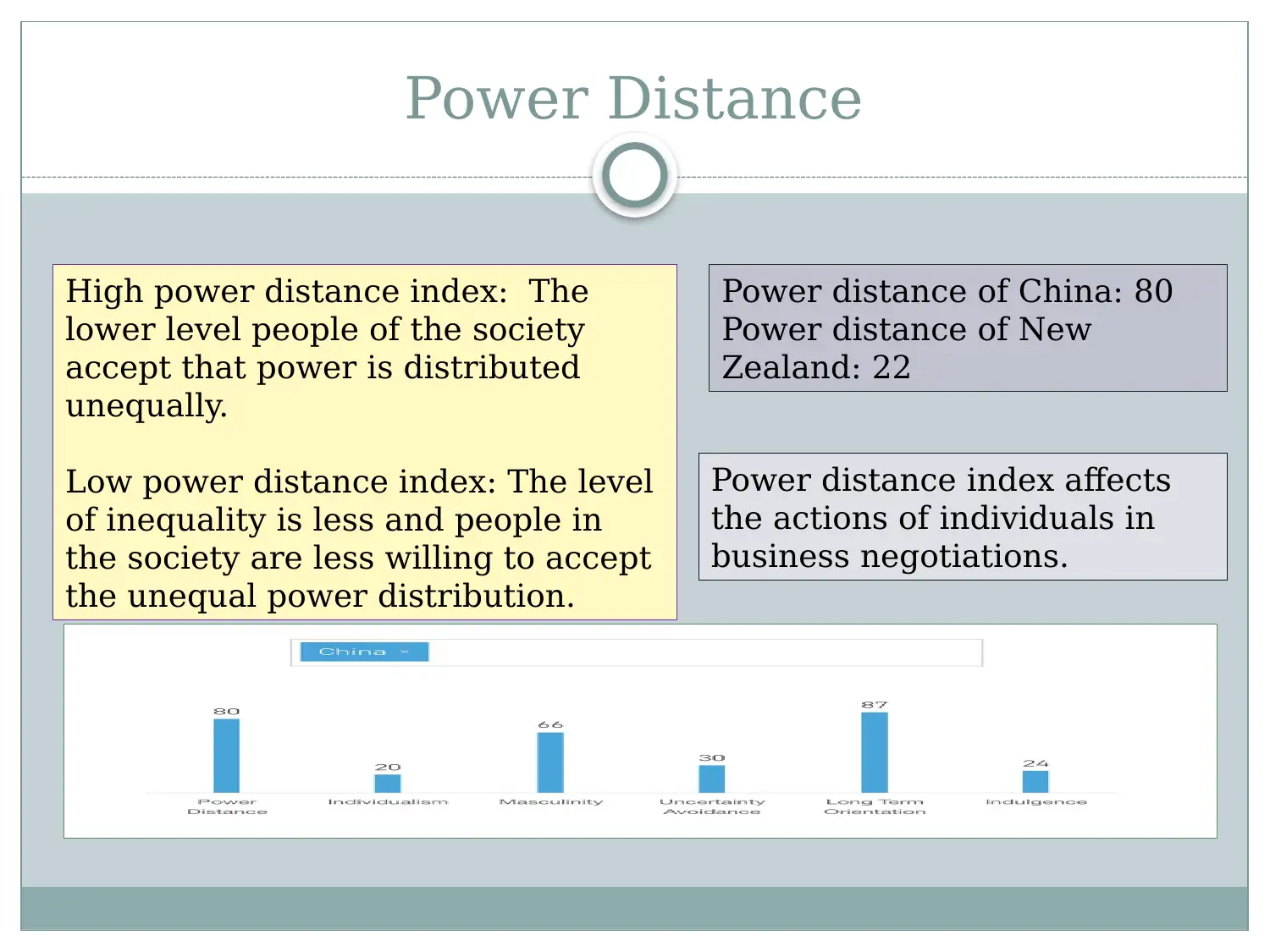
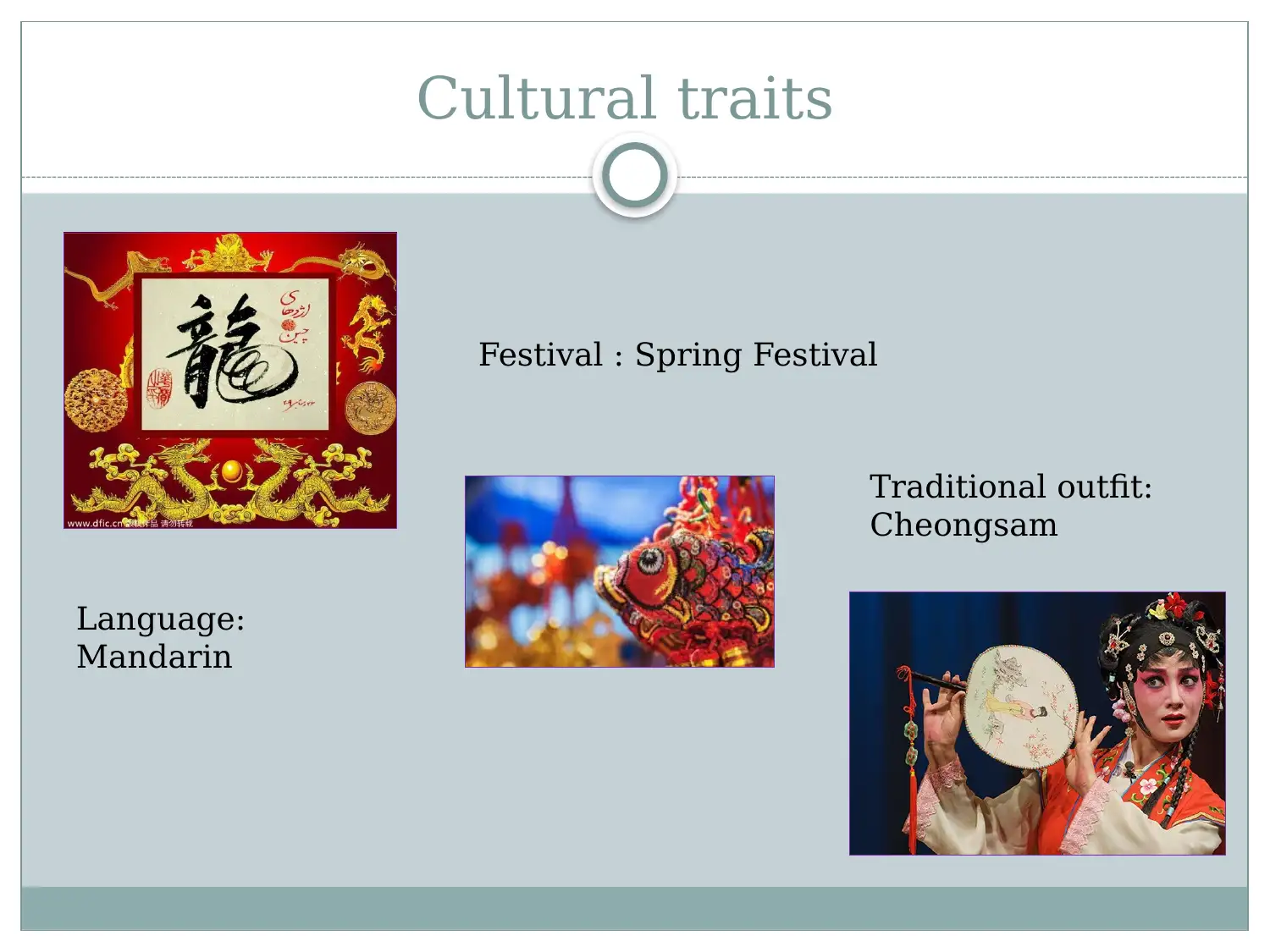

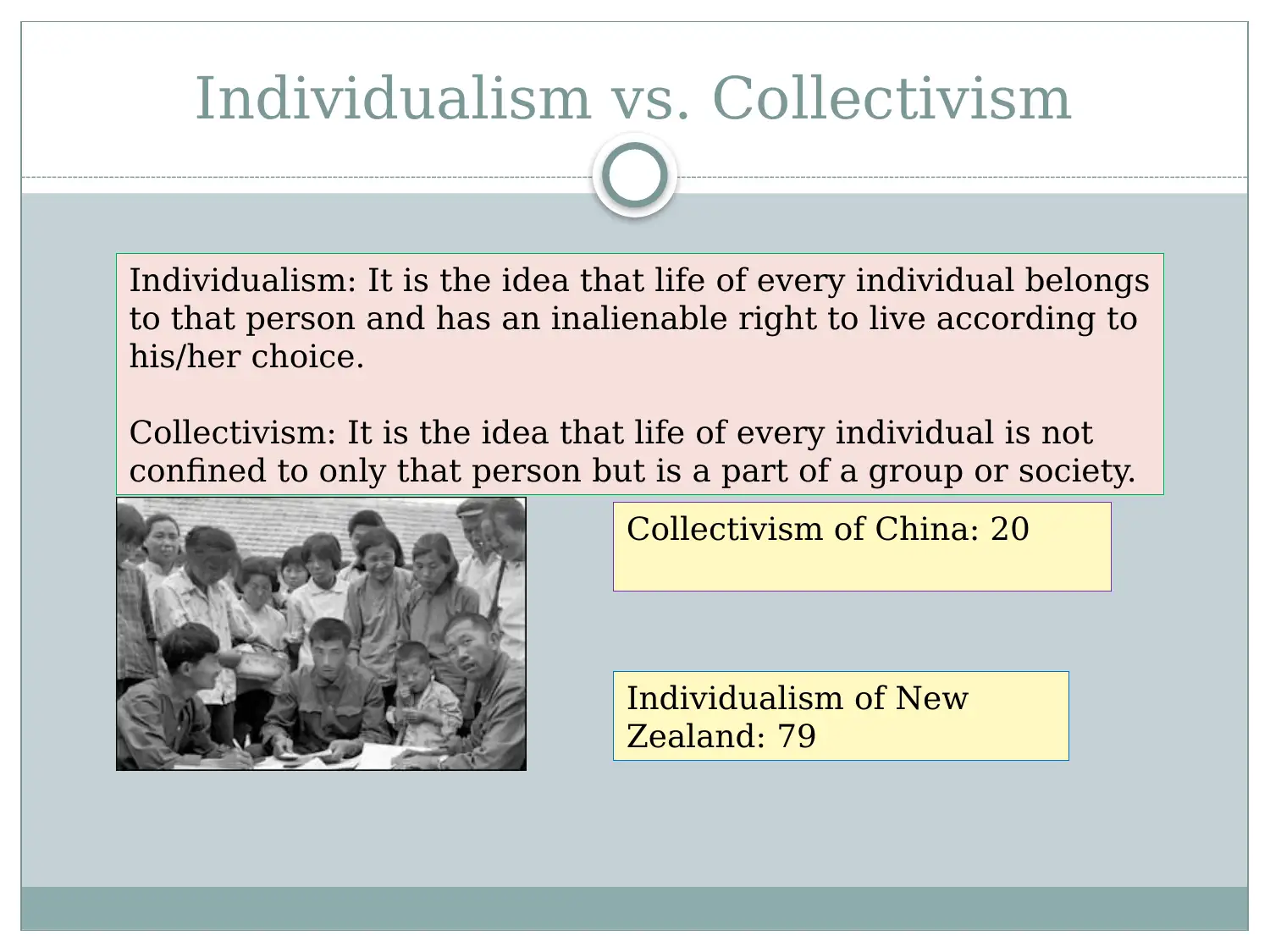
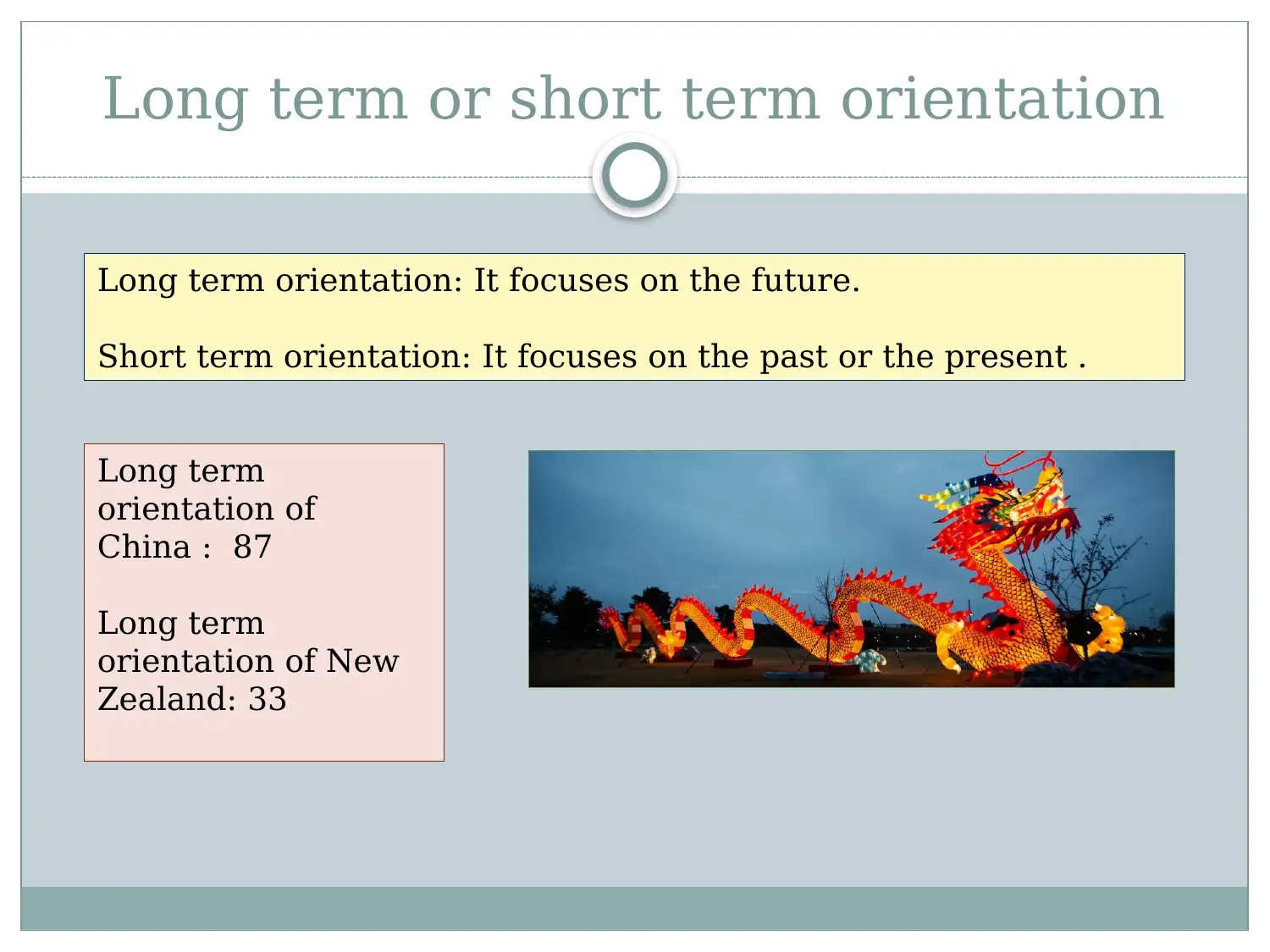
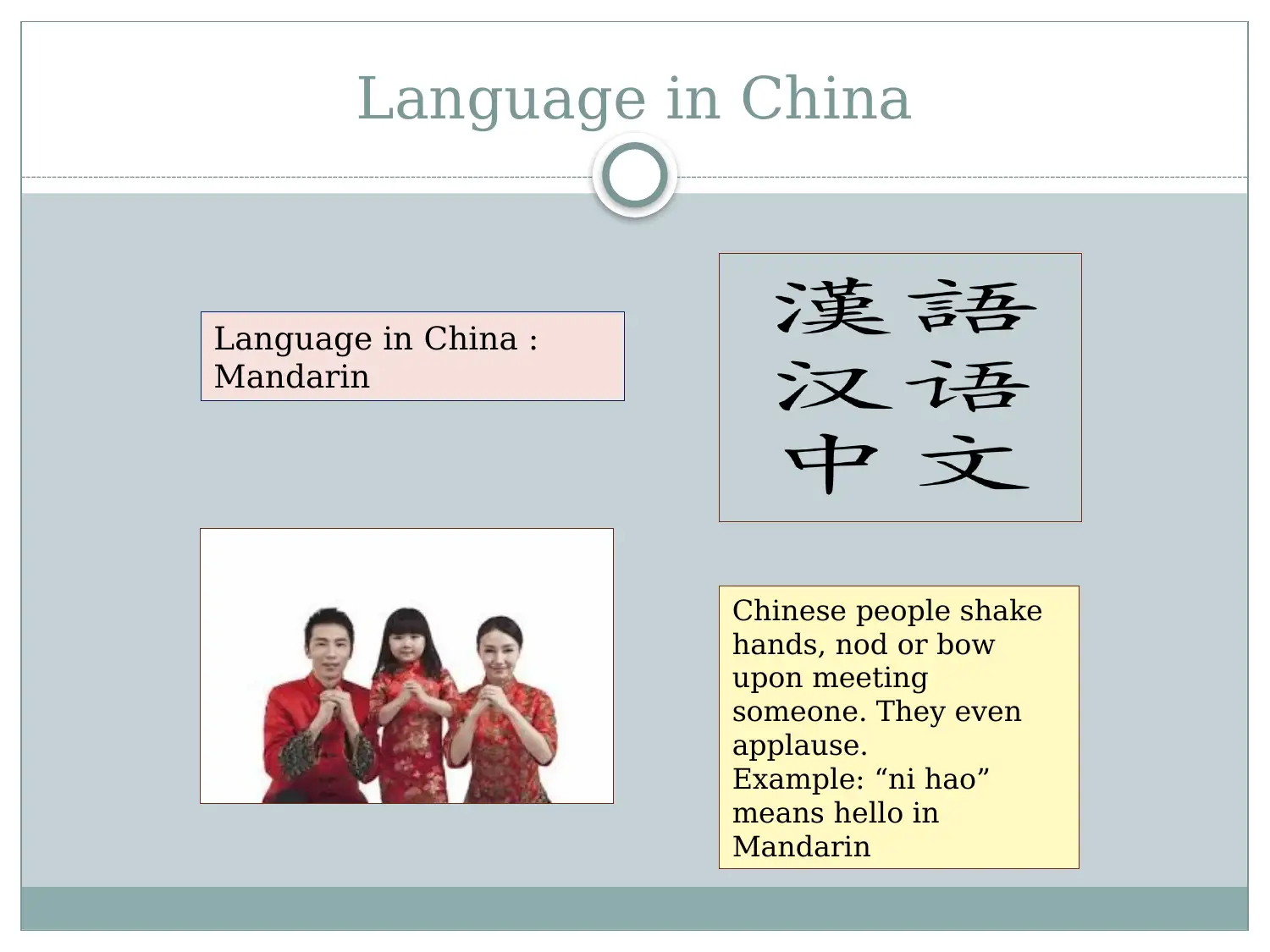
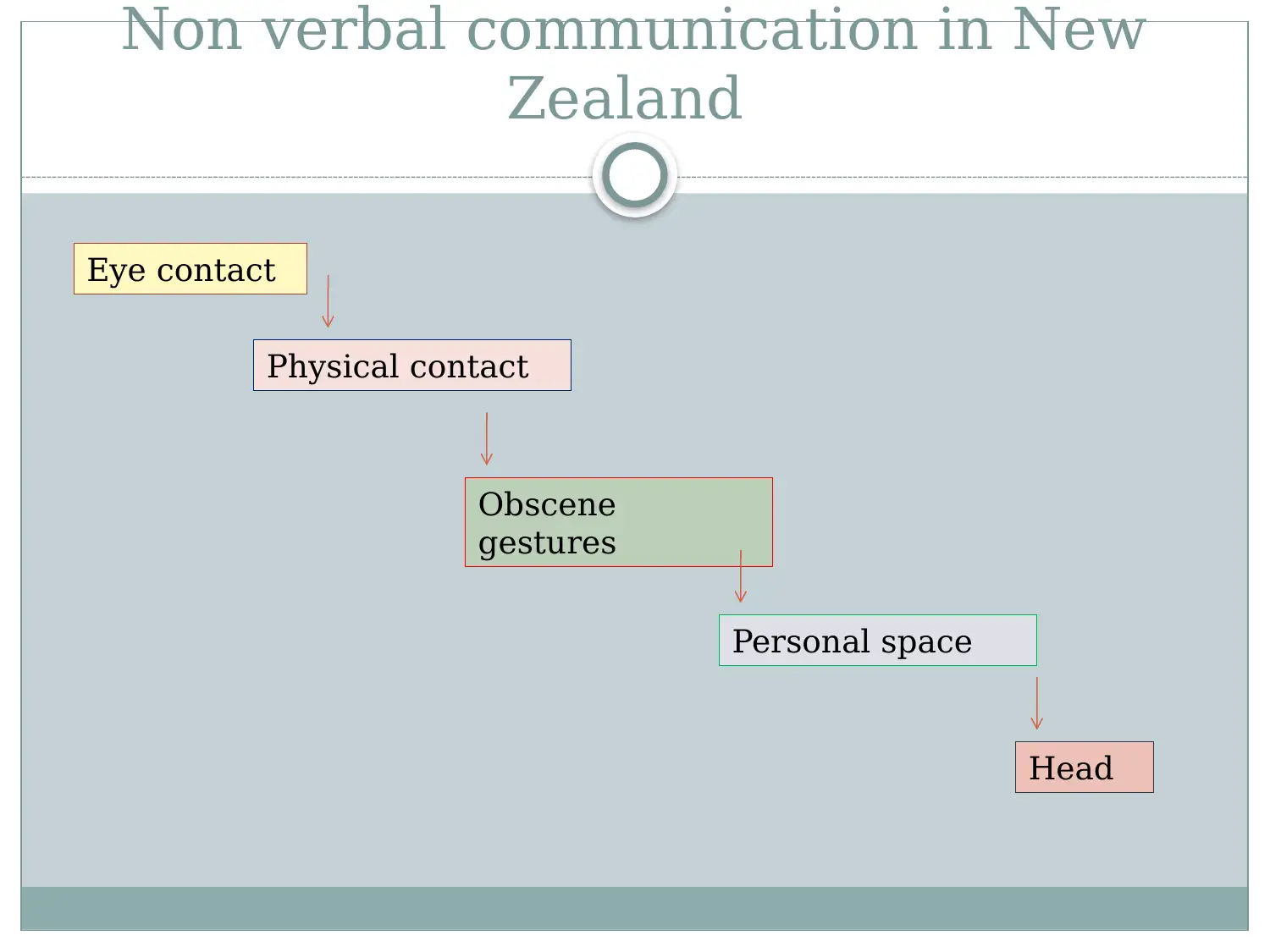
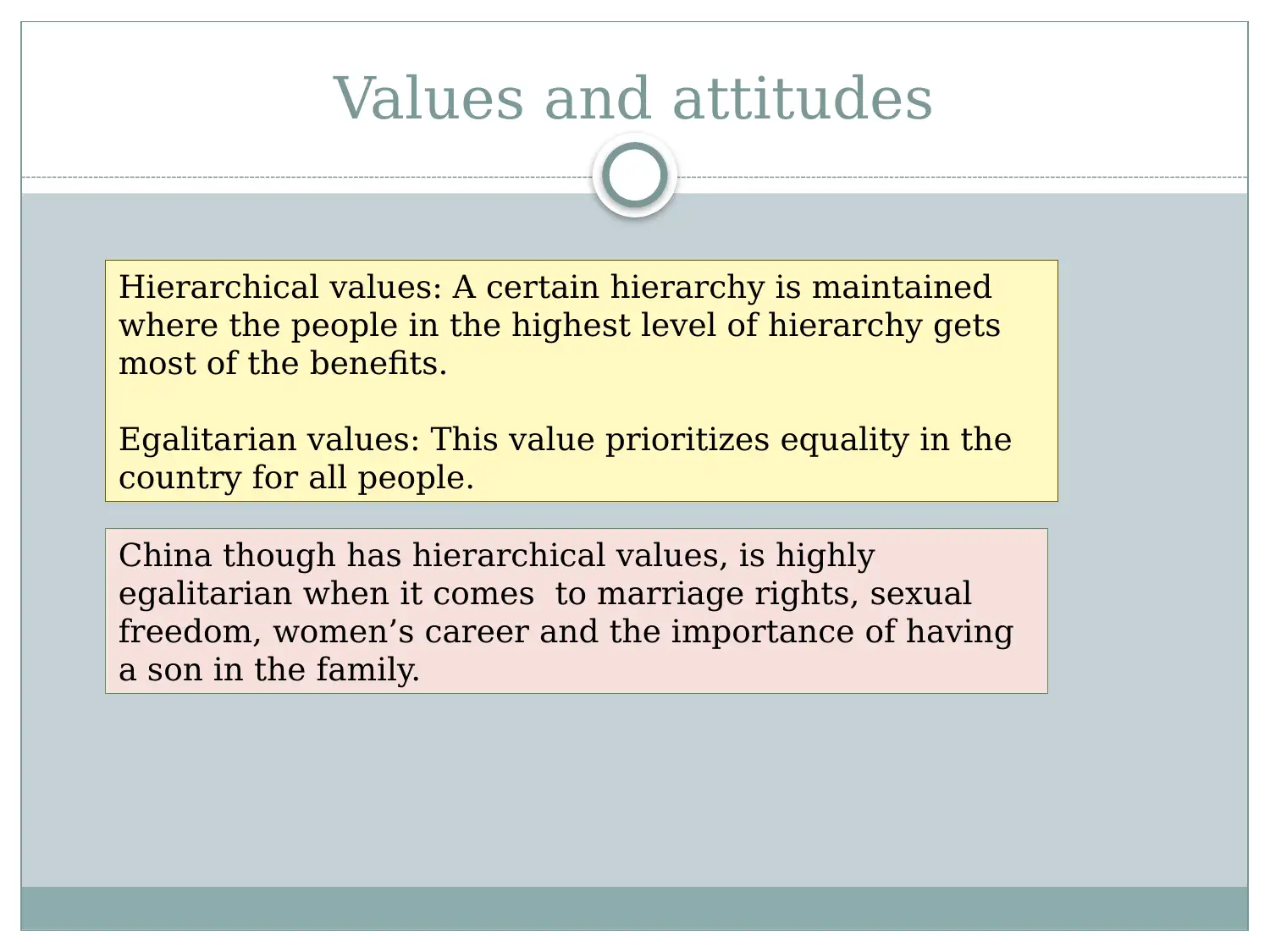
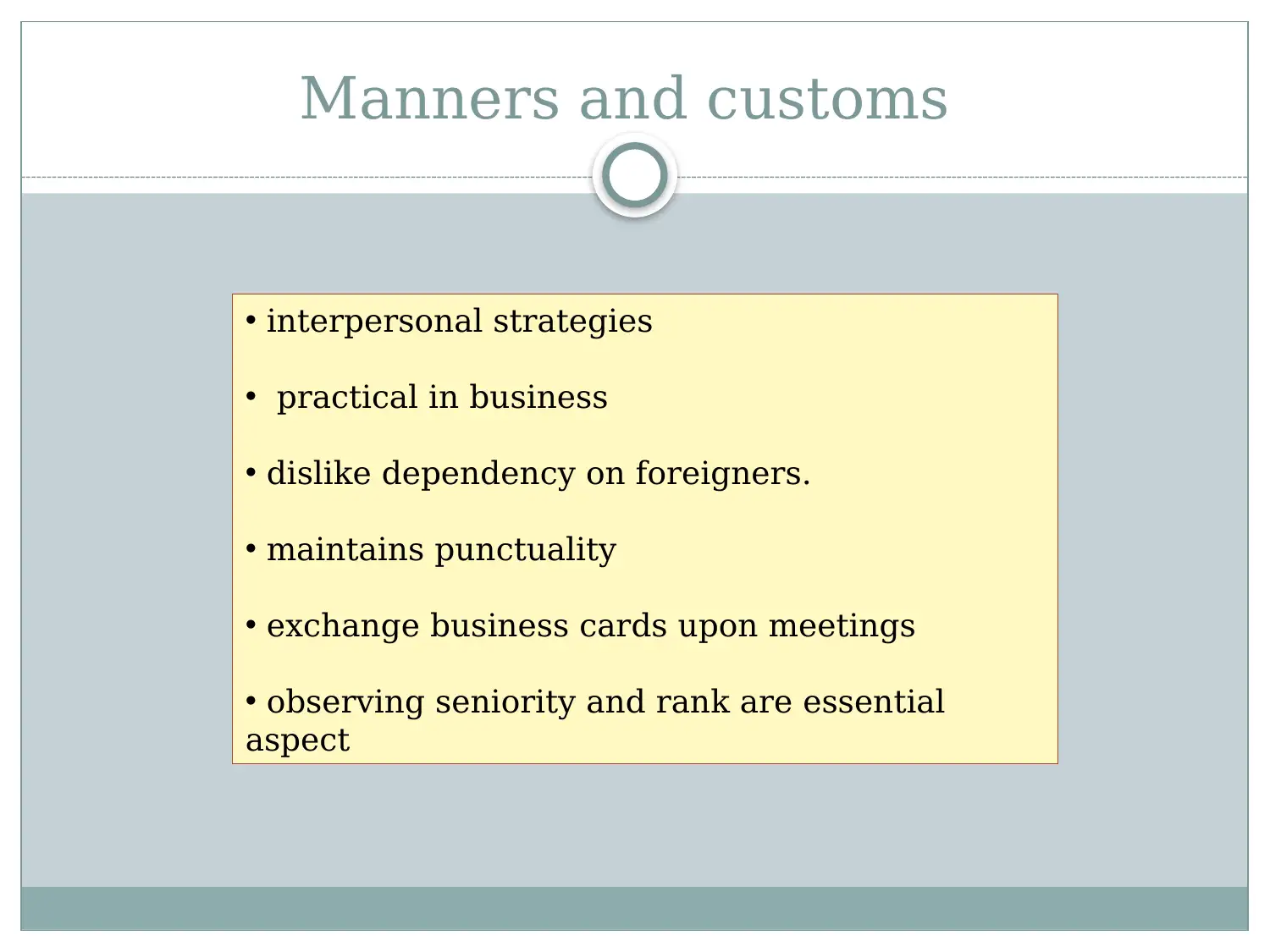
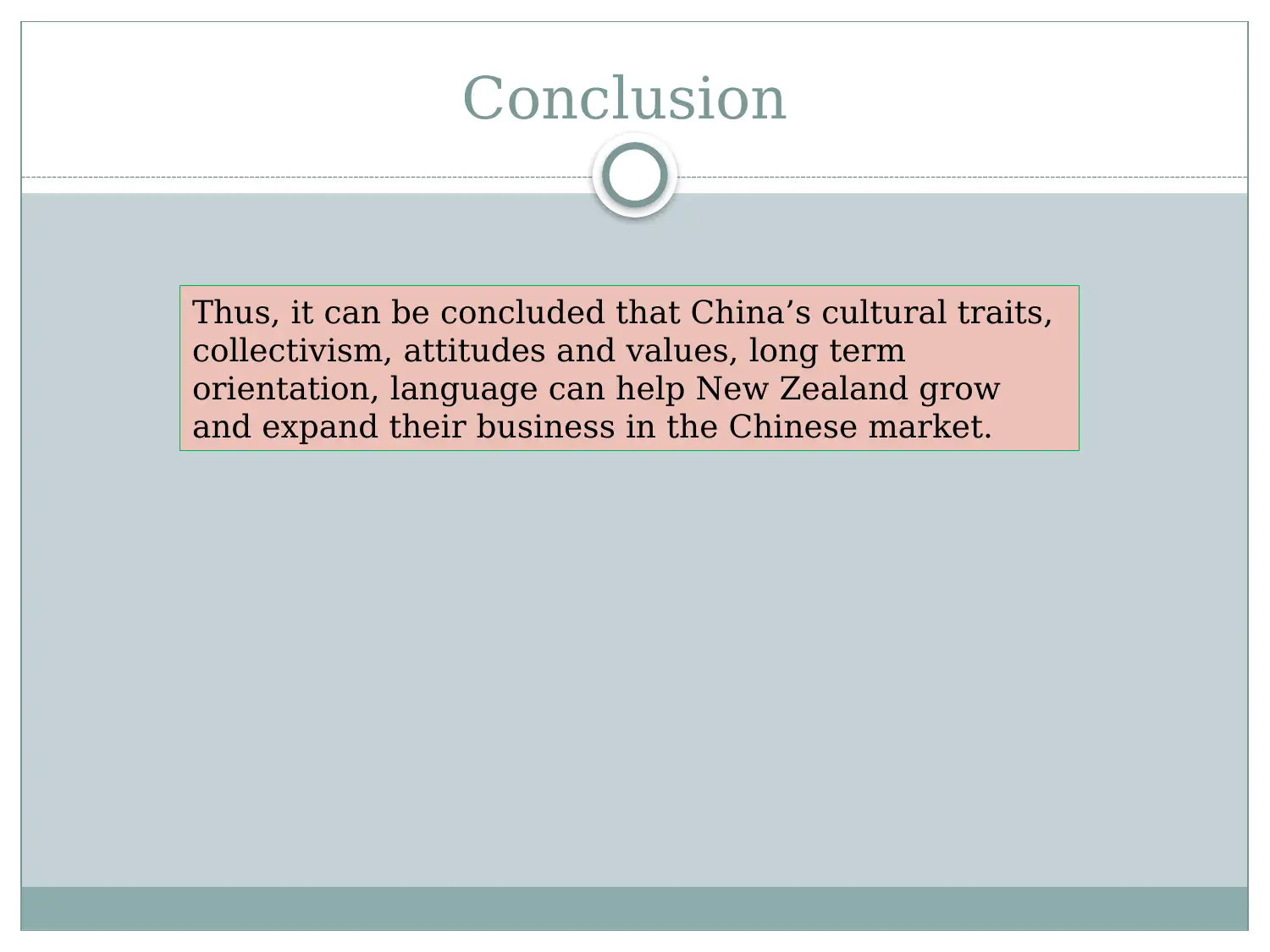
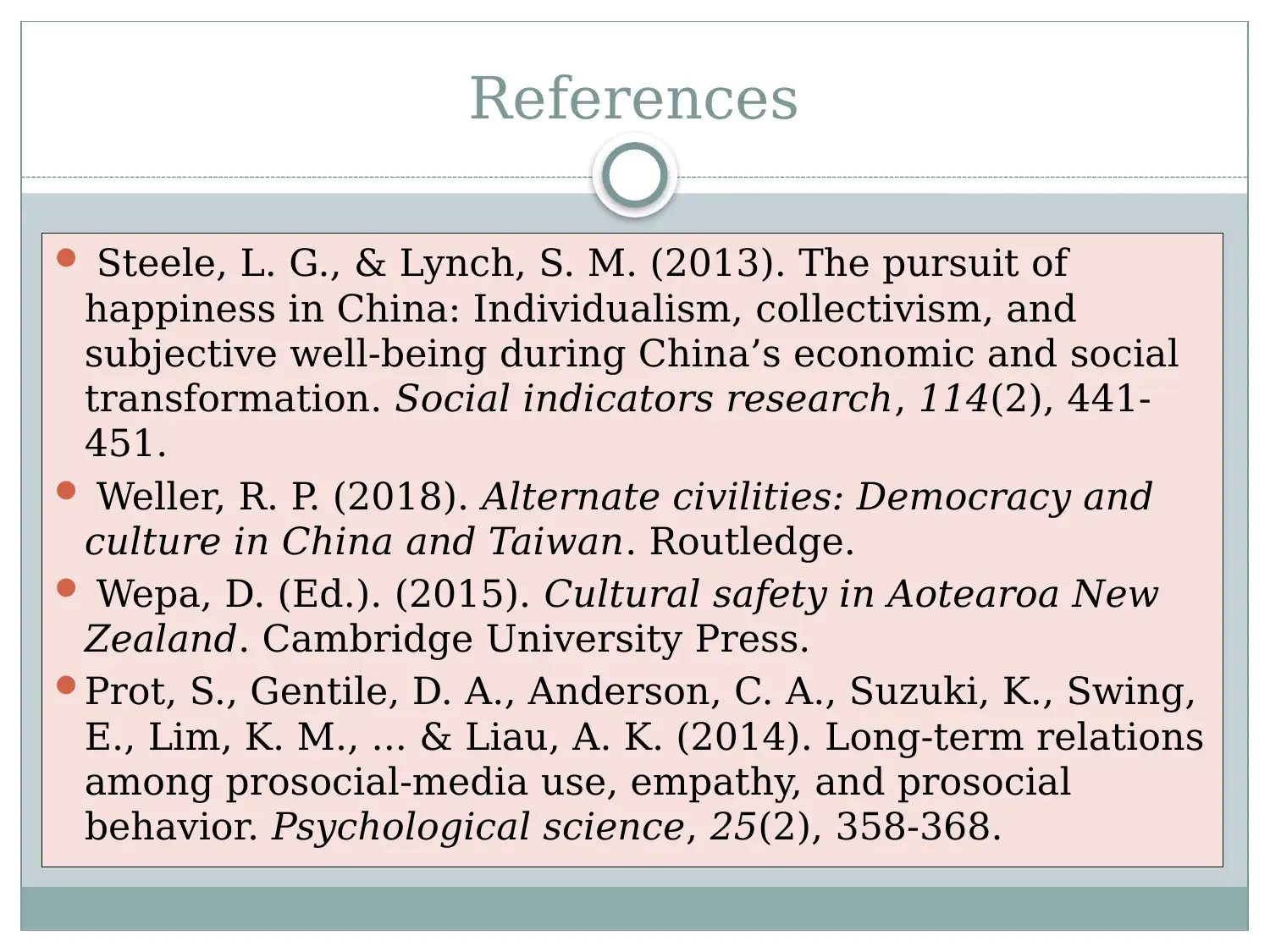







![[object Object]](/_next/static/media/star-bottom.7253800d.svg)